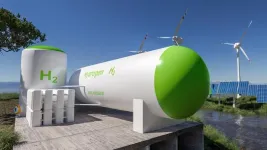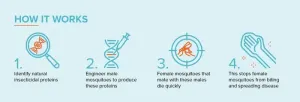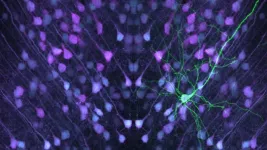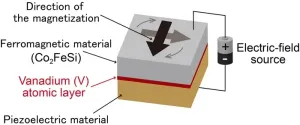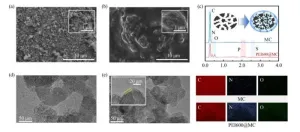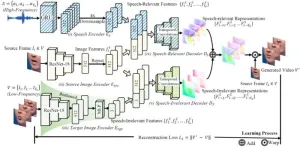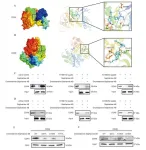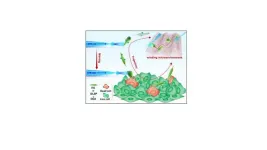The new study illustrates how, absent safeguards, hydrogen producers could potentially claim the highest level of tax credits ($3 per kilogram) for producing "gray" hydrogen from fossil natural gas, by blending in small amounts of biomethane or waste methane. Allowing this blending could support about 35 million metric tonnes of “gray” hydrogen production per year, at a taxpayer cost of around $1 trillion over 10 years and excess emissions of around three billion tonnes CO2 versus scenarios assuming strict methane control.
On 3 January 2025, the US Treasury Department finalized regulations that align with several of the recommendations from the new study, a draft of which was submitted to the Treasury Department as a public comment earlier in the rulemaking process. The final regulations prohibit hydrogen producers from blending fossil and alternative methane feedstocks and set important technical safeguards for hydrogen produced from alternative methane feedstocks.
Researchers at the University of Notre Dame, Princeton University, and the University of Pennsylvania have conducted a detailed analysis of the Clean Hydrogen Production Tax Credit (Section 45V) and the Clean Electricity Production Tax Credit (Section 45Y), both established under the 2022 Inflation Reduction Act. Their work explores how these credits could be designed and the effect of these design choices on clean energy industries.
The analysis demonstrates the impacts of declaring certain feedstocks (methane, solid biomass, and waste) to be greenhouse gas neutral or negative in the context of US clean energy policies and tax credits. Some of these tax credits define what counts as “clean” by explicit reference to life cycle methods, but left the technical design of those methods up to the US Treasury Department.
As the researchers note, this implementation role required the Treasury Department to make significant policy choices: “Life cycle methods offer decision support frameworks for the implementation of complex environmental policies, but they are not objective quantitative calculators that provide the stable, predictable, and correct values that financial transactions like tax credits require.”
Because the 2022 Inflation Reduction Act required life cycle analysis but did not fully specify its implementation, the US Treasury Department could have adopted a range of outcomes for the hydrogen production tax credit under Section 45V of the tax code.
The new study analyzes the climate and fiscal risks of choosing life cycle accounting methods that would maximize the use of biomethane and other waste methane feedstocks. It also identifies three key policy choices that could mitigate these risks:
Prohibiting blending of feedstocks to maximize tax credits
Only allowing activities that actively remove carbon from the atmosphere to be assigned negative carbon intensity scores.
Requiring baseline scenarios that assume deep climate action, such as active methane management, from fossil, municipal and agricultural sources.
The final Treasury Department regulations for hydrogen align with the researchers’ first and third recommendations, and set important safeguards to limit potential distortions related to the second. Specifically, the final regulations prohibit blending of feedstocks (recommendation 1) and require hydrogen producers to assume that methane produced from wastewater, landfills, and coal mines would be captured and flared, rather than vented to the atmosphere (recommendation 3). For methane sourced from animal manure, the final rules require hydrogen producers to assume conservative levels of avoided methane emissions, which reduces the potential distortionary impacts of allowing negative carbon intensity scores in this instance (contrary to recommendation 2).
The new study’s analysis and recommendations also extend to the design of clean electricity tax credits under Section 45Y of the US tax code. As of this writing the US Treasury Department has not finalized those regulations, but it is expected to do so imminently.
The researchers stress that their findings don't mean life cycle analysis should be abandoned in policy design. Rather, policymakers need to carefully anticipate potential distortions and implement appropriate safeguards.
“Our point in raising concerns about the application of life cycle analysis in complex environmental policy design is not to object to it on a categorical basis, but to show that it is a mistake to assume it is an objective framework.”[DC1]
The study also highlights the risk of subsidising technologies that are only "clean" based on operational choices that are unlikely to continue after the tax credits expire. The authors suggest considering provisions to reclaim tax credits if subsidised facilities subsequently revert to more polluting practices.[DC2]
ENDS
About IOP Publishing
IOP Publishing is a society-owned scientific publisher, delivering impact, recognition and value to the scientific community. Its purpose is to expand the world of physics, offering a portfolio of journals, ebooks, conference proceedings and science news resources globally.
IOPP is a member of Purpose-Led Publishing, a coalition of society publishers who pledge to put purpose above profit.
As a wholly owned subsidiary of the Institute of Physics, a not-for-profit society, IOP Publishing supports the Institute’s work to inspire people to develop their knowledge, understanding and enjoyment of physics. Visit ioppublishing.org to learn more.
About your institution
Emily Gurbert (egrubert@nd.edu) is Associate Professor of Sustainable Energy Policy at the Keough School of Global Affairs at the University of Notre Dame. The Keough School is committed to serving human dignity through research and scholarship, teaching and learning, and policies and practices designed to advance the development of the whole person and of each person in their specific socio-cultural context.
Wilson Ricks (wricks@princeton.edu) is a postdoctoral researcher with the ZERO Lab at Princeton University. The ZERO Lab improves and applies optimization-based macro-energy systems models to evaluate low-carbon energy technologies, guide investment and research in innovative decarbonization solutions, and generate insights to improve energy and climate policy and planning.
Danny Cullenward (dcullenward@ghgpolicy.org) is a Senior Fellow with the Kleinman Center for Energy Policy at the University of Pennsylvania. The mission of the Kleinman Center is to create the conditions for policy innovation that support a just and efficient transition to sustainable energy through research, education, and expert convening.
END
